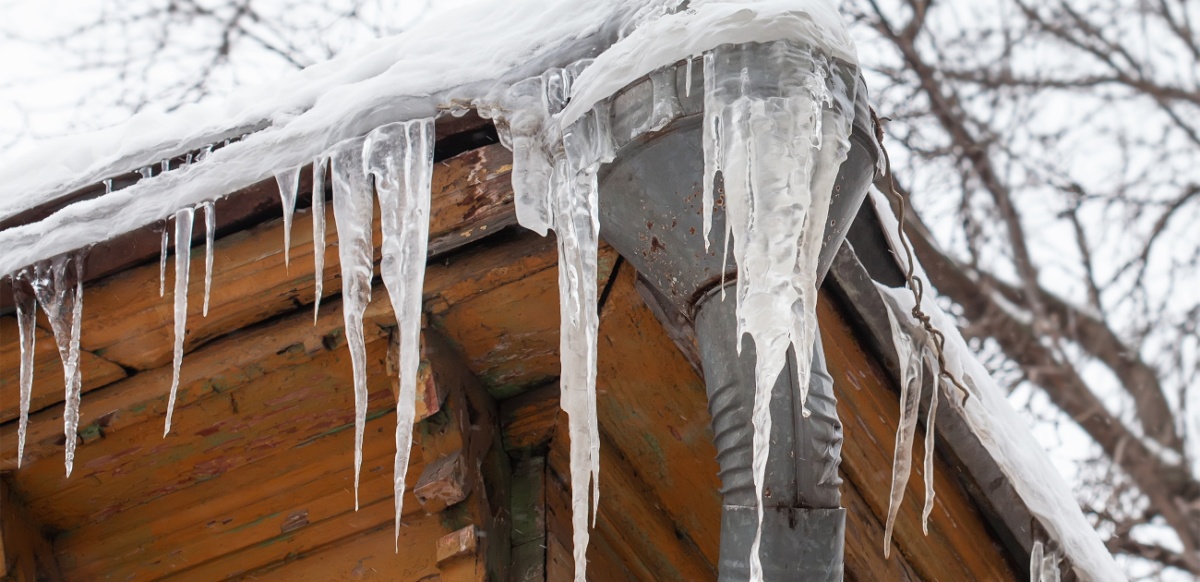Important Advice to Avoid Frozen Pipes in Winter: Specialist Insights
DetailHow do you really feel with regards to 6 Ways to Prevent Frozen Pipes?

Winter can ruin your plumbing, specifically by freezing pipes. Here's how to avoid it from taking place and what to do if it does.
Introduction
As temperature levels drop, the threat of frozen pipelines increases, potentially leading to pricey fixings and water damage. Understanding how to avoid frozen pipelines is crucial for homeowners in cool climates.
Avoidance Tips
Shielding susceptible pipes
Wrap pipes in insulation sleeves or use warm tape to secure them from freezing temperature levels. Concentrate on pipes in unheated or outside areas of the home.
Heating methods
Keep interior spaces sufficiently heated up, specifically locations with pipes. Open up closet doors to permit cozy air to circulate around pipelines under sinks.
How to determine icy pipelines
Seek decreased water circulation from faucets, unusual smells or noises from pipes, and noticeable frost on exposed pipes.
Long-Term Solutions
Structural adjustments
Take into consideration rerouting pipelines away from exterior wall surfaces or unheated locations. Include added insulation to attics, cellars, and crawl spaces.
Upgrading insulation
Buy high-grade insulation for pipelines, attic rooms, and wall surfaces. Appropriate insulation helps keep consistent temperatures and decreases the danger of icy pipes.
Shielding Outside Pipes
Yard hoses and outdoor taps
Detach and drain garden hoses prior to winter. Set up frost-proof spigots or cover outdoor taps with insulated caps.
Recognizing Icy Pipelines
What causes pipelines to ice up?
Pipes ice up when revealed to temperatures below 32 ° F (0 ° C) for prolonged periods. As water inside the pipes freezes, it increases, putting pressure on the pipe walls and potentially creating them to burst.
Risks and problems
Frozen pipes can cause water supply interruptions, home damages, and costly repairs. Ruptured pipes can flooding homes and trigger substantial architectural damages.
Indications of Frozen Water Lines
Determining icy pipes early can prevent them from breaking.
What to Do If Your Pipelines Freeze
Immediate activities to take
If you believe icy pipelines, keep faucets open up to soothe pressure as the ice melts. Make use of a hairdryer or towels soaked in warm water to thaw pipes slowly.
Final thought
Stopping frozen pipelines needs proactive actions and quick responses. By comprehending the causes, indications, and safety nets, home owners can secure their pipes during cold weather.
5 Ways to Prevent Frozen Pipes
Drain Outdoor Faucets and Disconnect Hoses
First, close the shut-off valve that controls the flow of water in the pipe to your outdoor faucet. Then, head outside to disconnect and drain your hose and open the outdoor faucet to allow the water to completely drain out of the line. Turn off the faucet when done. Finally, head back to the shut-off valve and drain the remaining water inside the pipe into a bucket or container. Additionally, if you have a home irrigation system, you should consider hiring an expert to clear the system of water each year.
Insulate Pipes
One of the best and most cost-effective methods for preventing frozen water pipes is to wrap your pipes with insulation. This is especially important for areas in your home that aren’t exposed to heat, such as an attic. We suggest using foam sleeves, which can typically be found at your local hardware store.
Keep Heat Running at 65
Your pipes are located inside your walls, and the temperature there is much colder than the rest of the house. To prevent your pipes from freezing, The Insurance Information Institute suggests that you keep your home heated to at least 65 degrees, even when traveling. You may want to invest in smart devices that can keep an eye on the temperature in your home while you’re away.
Leave Water Dripping
Moving water — even a small trickle — can prevent ice from forming inside your pipes. When freezing temps are imminent, start a drip of water from all faucets that serve exposed pipes. Leaving a few faucets running will also help relieve pressure inside the pipes and help prevent a rupture if the water inside freezes.
Open Cupboard Doors
Warm your kitchen and bathroom pipes by opening cupboards and vanities. You should also leave your interior doors ajar to help warm air circulate evenly throughout your home.

I recently found that article about Helpful Tips to Prevent Frozen Pipes this Winter when doing a search on the search engines. For those who liked our page kindly make sure you remember to pass it around. We truly appreciate reading our article about How To Avoid Freezing Pipes.
Get Your Estimate Now